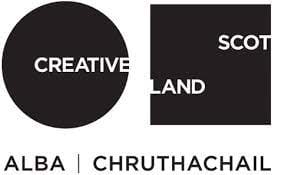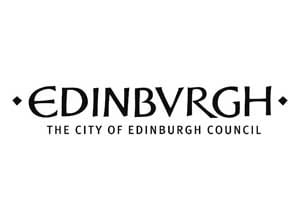“Originally, I started a compositional drawing for a painting that depicted four figures—three of them young boys on the cusp of adulthood. At first, I was more focused on visualizing a scene, but I became increasingly drawn to the three young men at the forefront of the Tuli rite, just before they fulfilled society’s expectations of masculinity. Using loose washes of paint and layers of pastels, I wanted to explore their identities within the liminal space they inhabited - a transitional phase between boyhood and manhood.
In Western culture, veils are often associated with femininity, but in this work, the veil represents something deeper. It speaks to more than just physical loss—it’s about the unveiling of identity. During rites of passage and moments of transition, lifting a veil can symbolize both loss and discovery, revealing new layers of selfhood and understanding. It marks a shift into new awareness, where unveiling isn’t just a physical action but a moment of personal transformation.
One of these drawings was later selected by Edinburgh Printmakers as part of the residency I was awarded after the 197th RSA Annual Exhibition. Through woodblock print techniques and screenprinting, I was able to translate my painterly brushstrokes into the carved block of wood -a process that, to my surprise, felt really fluid. I aimed to capture the movement and directness of each mark, just like in the original drawing. But, much like the drawing, there was also a sense of uncertainty in the process, with parts being done remotely, which led to an underlying feeling of ambiguity and an unclear sense of self-perception.
Working with Edinburgh Printmakers on this project made me see printmaking as its own kind of ritual. There were many steps and formalities to go through before progressing to the next stage. Learning technical skills I wasn’t familiar with and physically working with wood mirrored the effort and ritual of transformation.”










